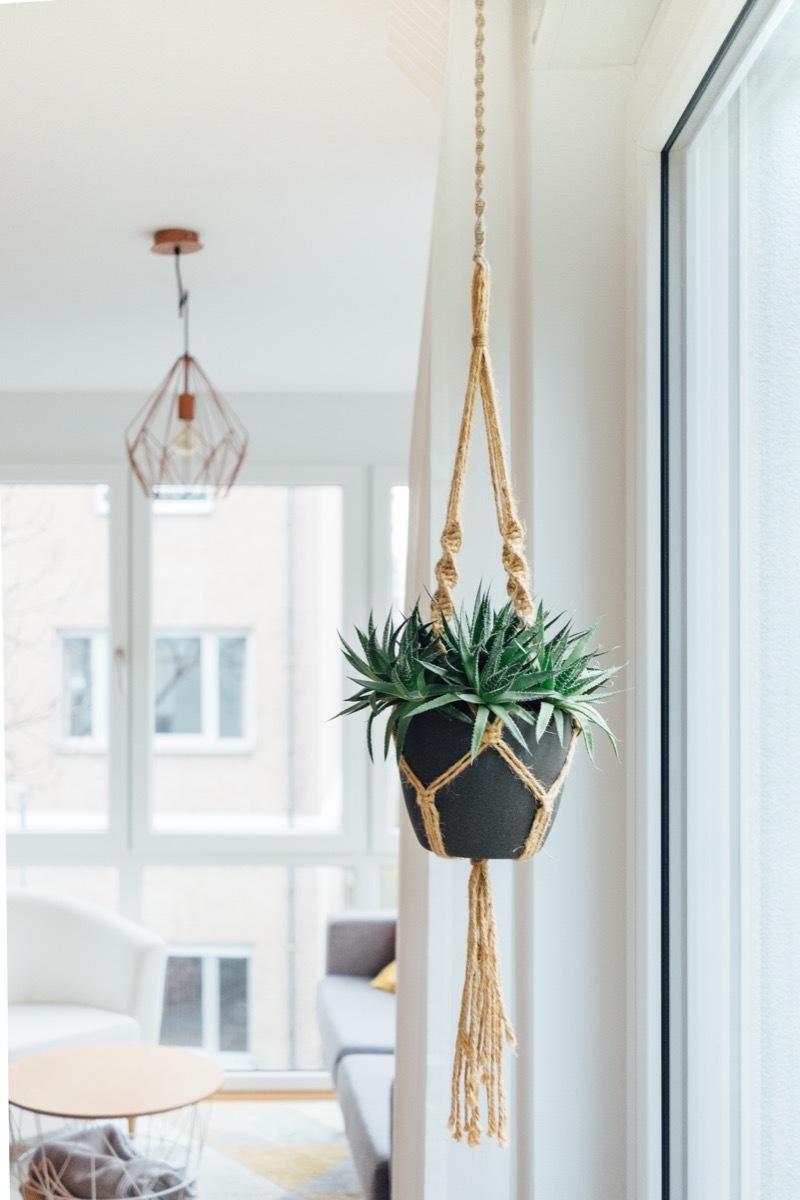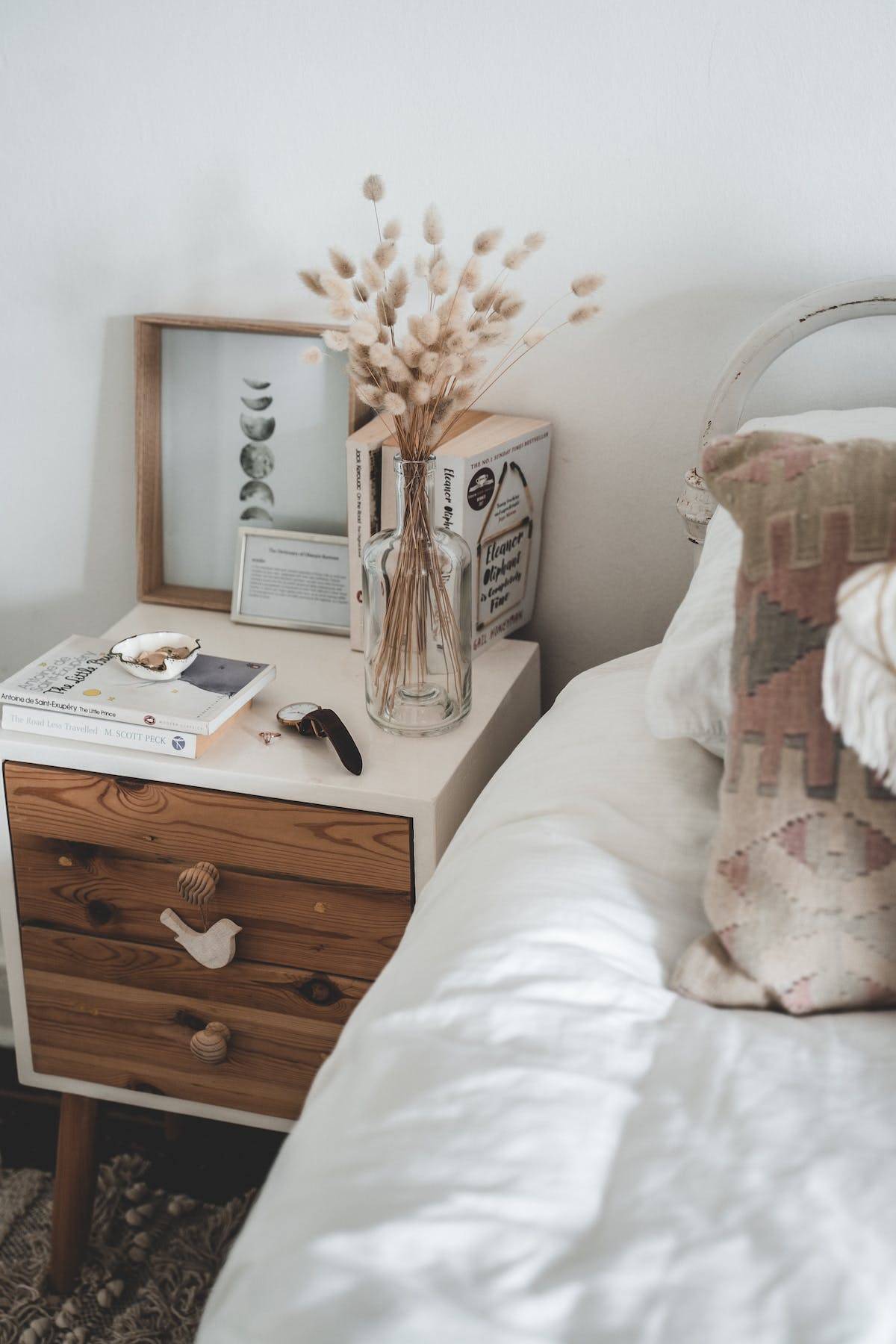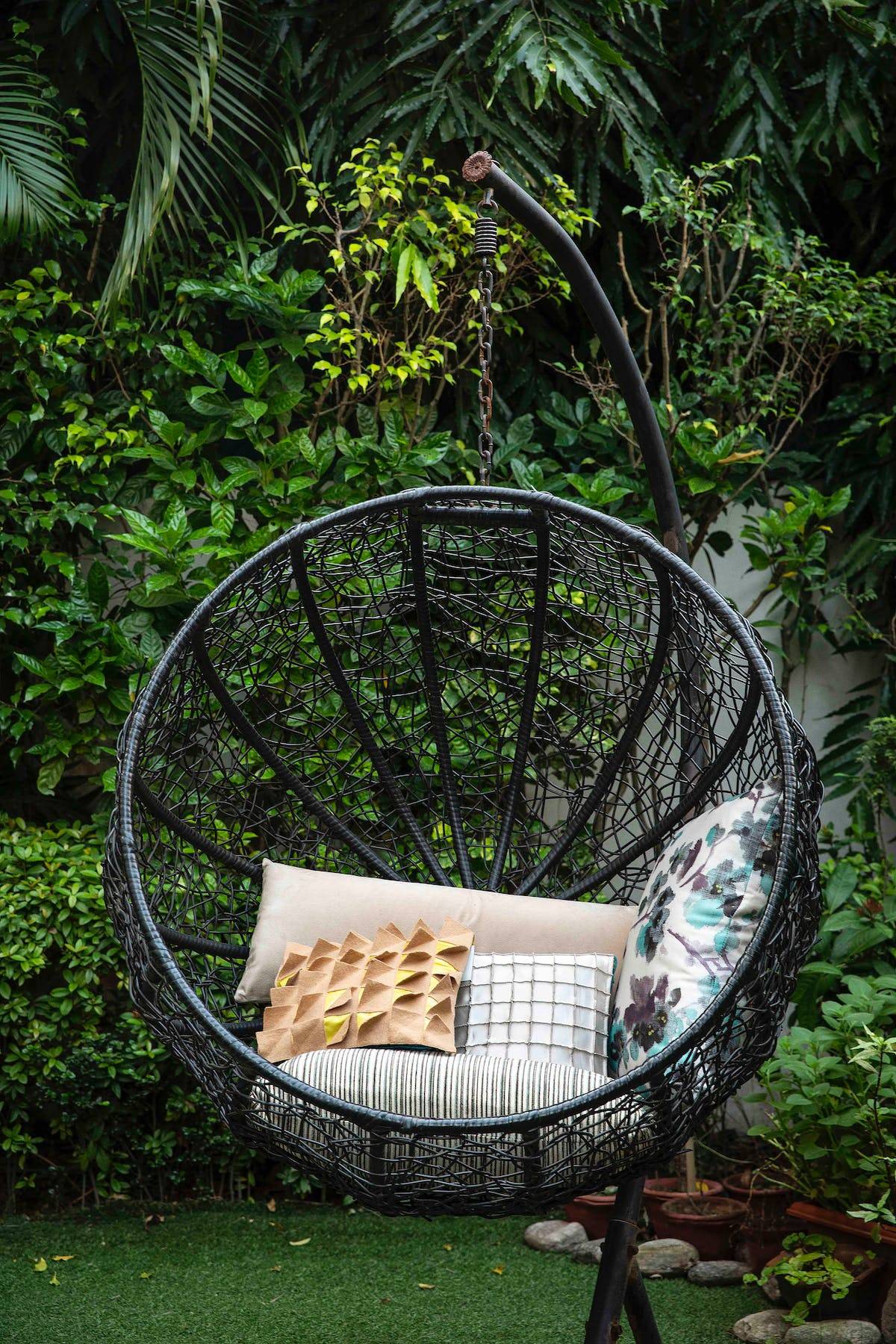Learning how to downsize your life can be a challenge, but you can start with your wardrobe.
Over the years, we tend to accumulate a lot of clothing items, and it’s time to streamline your wardrobe collection.
First, go through your clothes and remove anything that no longer fits, is stained or torn, or hasn’t been worn in the past year.
Clothing that no longer aligns with your current style or lifestyle can also be discarded. For instance, there’s no point in keeping skinny jeans from college or that sequined top you wore once to a party five years ago if you’re never going to wear them again.
Secondly, consider your footwear; if they are uncomfortable, worn out, or you don’t wear them anymore, it’s time to let them go.
The same goes for accessories like bags, hats, and scarves.
Additionally, take a look at your undergarments and replace bras and underwear that are stretched out, uncomfortable, or not your preferred style anymore. Finally, revisit your seasonal items and keep only what you need and use each season.
You can donate or sell unwanted clothing items to give them a new lease of life while helping you declutter. The goal is not just to make space but also to simplify and make your life more intentional.
So take a deep breath, let’s get started, and make your wardrobe spacious and organized.
Organizing the Bathroom: Clearing Out Excess Products
The bathroom is often considered a peaceful place, but it can quickly become overfilled with unused products.
To declutter your bathroom, start with expired medications and products.
These items can clutter your cabinets and can even be harmful. Be sure to dispose of expired medications properly.
Next, look at your toiletries.
Do you have half-empty shampoo bottles or old makeup that you no longer use? If so, it’s time to let them go.
Consider your towels and bath mats as well. If they’re worn out, consider repurposing them or donating them.
Lastly, check your grooming tools. Replace old razors, toothbrushes, and nail clippers that have seen better days.
Also, get rid of almost empty tubes of toothpaste and tattered loofahs. By decluttering, you’ll create a more peaceful and cozy environment.
After all, your bathroom should be a place for self-care and relaxation. Let’s continue this journey of decluttering and move on to the next room.

The Living Room: Removing Unnecessary Decor
As you step into your living room, it’s time to evaluate the decor. This space often becomes a catch-all for miscellaneous items and unneeded decorations.
However, our goal here is to create a serene and enjoyable atmosphere. So, let’s roll up our sleeves and delve into the decluttering process.
First, examine your decorative items such as figurines, vases, and picture frames.
If these items no longer bring you joy or don’t match your current home aesthetic, it may be time to let them go.
Remember, less is more when it comes to creating a harmonious living room.
Next, consider your entertainment items.
Are there DVDs, CDs, or books cluttering up your space that you don’t watch, listen to, or read anymore? It’s time to pass these on to someone else who can enjoy them.
You can digitize your favorite movies and music to save space and donate old books to your local library.
Also, don’t forget to assess your throw pillows and blankets.
Do they match your current decor?
Are they worn or stained?
You’d be surprised at how much space you can free up by only keeping those in good condition and truly enhancing your comfort.
Finally, take a hard look at your furniture.
Do you have more chairs than you need or a side table that’s rarely used?
Redundant pieces can make the living room feel cramped. Sell or donate these items to make the room feel more spacious and functional.
By decluttering your living room, you’re not only creating a cleaner space but also making room for new possibilities and a more relaxed environment. Let’s keep this momentum going as we continue our journey to downsizing.

Office/Workspace Clean-Up: Reducing Paper and Electronic Clutter
Moving on to your office or workspace, it’s time to tackle the common culprits of clutter in these areas: paper and electronic items.
Many of us hold onto old paperwork, outdated electronics, and unused office supplies, causing our workspaces to become chaotic and less productive.
Start with the paper clutter.
Old bills, receipts, manuals, and documents you no longer need should be the first.
Be sure to shred any documents containing sensitive information before disposing of them.
If you have important documents that you need to keep, consider going digital by scanning the documents and saving them on your computer or a cloud service to reduce physical clutter.
Next, evaluate your collection of pens, notebooks, and other office supplies.
If you have more than you need or if they’re no longer functional, it’s time to say goodbye. Donate extra supplies to a local school or charity, and recycle any items that are no longer usable.
Now, turn your attention to electronic clutter. Old cell phones, chargers, and cords that no longer serve a purpose only take up valuable space.
Consider recycling these items at an electronic waste facility or donating them to a charity that can put them to good use. Additionally, go through your computer files and delete any unnecessary files or apps that are slowing down your computer.
Lastly, take a look at your books and magazines. If you have publications that you’ve read and don’t plan to revisit, consider passing them on. Donate them to a local library or sell them online.
By reducing paper and electronic clutter, you’ll create a workspace that promotes productivity and focus, propelling you toward your downsizing goals.
Let’s keep the momentum going as we move on to the bedroom next.

Bedroom Declutter: Toss Out Unwanted Bedding and Accessories
The bedroom is our personal sanctuary, a place to relax and unwind.
However, it can easily become cluttered with excess bedding and accessories, which can negatively impact the peaceful atmosphere.
To bring back the tranquility, it’s time to declutter. Here are some steps you can follow to achieve that.
First, look at your bedding. Do you have extra blankets, sheets, or pillows that you hardly ever use?
Perhaps some sets are worn out, faded, or no longer match your decor.
It’s time to let go of these items.
You can donate usable bedding to local homeless shelters or recycle worn-out materials.
Remember, your bed only needs one good set of sheets, so keep your favorite and most comfortable set and say goodbye to the rest.
Next, assess the accessories in your room.
Over time, we tend to collect trinkets and decor that take up space on dressers and nightstands. If these items no longer serve a purpose or bring you joy, it’s time to get rid of them.
This includes old alarm clocks, dried flowers, or souvenirs that have lost their significance.
Don’t forget to evaluate your closet space too.
We already covered clothing items earlier, but what about the hangers, shoe racks, and other storage items?
If these are broken, unused, or taking up unnecessary space, add them to your discard pile. Simplifying your storage can make your closet feel larger and more organized.
Lastly, consider the larger items in your room, such as furniture.
By decluttering your bedroom, you’re creating a more spacious environment and a serene and peaceful space where you can rest and rejuvenate.
Let’s continue on to the next area as we journey towards a simpler, more intentional lifestyle.

Outdoor Spaces: Purging the Garage and Garden
Outdoor spaces like garages and gardens can easily become cluttered with unused tools, equipment, and other items.
As part of our downsizing effort, let’s address these areas starting with the garage. It’s common for this space to become a dumping ground for things that don’t have a place inside the house. Begin by assessing your tools and equipment.
Do you have duplicate tools or items that aren’t used often?
Check for old paint cans, car care products, or gardening supplies.
If they’re outdated or unnecessary, it’s time to discard, donate, or recycle them. Next, focus on larger items such as sports equipment, bicycles, or camping gear.
If you haven’t used these items in the past year or two, chances are you won’t use them in the future. It’s best to donate or sell them to free up space in your garage.
Now, let’s move on to the garden.
Old pots, broken outdoor furniture, and rusty garden tools don’t do much for your outdoor aesthetics.
Consider composting organic materials like leaves or plant cut-offs and recycling or disposing of the rest appropriately.
Don’t forget to review your garden decor too.
Old birdhouses, worn-out flags, and broken decorations can all go.
Our goal is to create a peaceful outdoor sanctuary that reflects your downsized, clutter-free lifestyle.
Finally, check your outdoor storage spaces.
Sheds and other outdoor storage areas are often filled with items that we forgot we even had. Discard or donate anything that you don’t need or use regularly.
By decluttering your garage and garden, you’re not only creating more usable space but also making your outdoor areas more enjoyable and relaxing.
Let’s push forward with our downsizing journey, embracing a more intentional lifestyle one step at a time.
Decluttering Your Home Checklist | 100 Things To Throw Away
- Duplicate kitchen utensils
- Old, mismatched dishes and glassware
- Expired canned goods and spices
- Unused kitchen appliances
- Worn-out pots and pans
- Excessive plastic containers without lids
- Outdated cookbooks
- Unwanted or broken small appliances
- Expired food in the pantry
- Unused cleaning supplies
- Old and expired medications
- Duplicate cleaning products
- Expired personal care items (shampoos, lotions, etc.)
- Old towels and washcloths
- Worn-out bed linens
- Extra bedding sets
- Damaged or unused luggage
- Broken or outdated electronics
- Outgrown children’s toys
- Unused craft supplies
- Old magazines and newspapers
- Outdated textbooks and reference books
- Excess office supplies
- Old and non-functioning pens and pencils
- Unused or broken sports equipment
- Outdated and unused CDs/DVDs
- Old, worn-out shoes
- Unwanted or duplicate belts
- Outdated fashion accessories
- Clothes that no longer fit
- Damaged or stained clothing
- Unworn or ill-fitting hats
- Old and worn-out wallets/purses
- Excess hangers
- Unused or broken jewelry
- Old and unused backpacks
- Duplicate or outdated phone cases
- Broken or outdated sunglasses
- Unused or outdated skincare products
- Old, broken, or mismatched silverware
- Unused or expired candles
- Excess coffee mugs
- Old and worn-out bath mats
- Extra throw pillows and cushions
- Outdated wall art or decor
- Broken or unused picture frames
- Old and unused DVDs/Blu-rays
- Expired batteries
- Worn-out and uncomfortable furniture
- Excess throw blankets
- Unused or broken headphones
- Old and unused power cords
- Expired coupons and mailers
- Outdated calendars
- Duplicate kitchen gadgets
- Old and unused gardening tools
- Unwanted holiday decorations
- Excess gardening pots and planters
- Broken or unused exercise equipment
- Outdated board games and puzzles
- Duplicate or outdated software
- Unwanted and outdated electronics cables
- Old and unused stationery
- Broken or unused kitchen appliances
- Excess glass vases
- Outdated phone books and directories
- Old and unused backpacks
- Broken or worn-out umbrellas
- Duplicate or outdated textbooks
- Outdated reference materials
- Unused and expired art supplies
- Excess or mismatched dishware
- Old and unused sewing supplies
- Outdated toiletries
- Duplicate gardening gloves
- Broken or outdated computer peripherals
- Unused or expired pet supplies
- Old and unused gift wrapping materials
- Outdated software manuals
- Duplicate or outdated board games
- Unused or expired vitamins and supplements
- Broken or outdated video game consoles
- Old and unused luggage tags
- Excess plastic bags
- Outdated technology manuals
- Duplicate phone chargers
- Old and unused gift cards
- Expired car maintenance supplies
- Excess cleaning cloths and sponges
- Outdated event tickets and invitations
- Unused or expired condiments
- Broken or outdated cameras
- Old and unused CD/DVD cases
- Duplicate kitchen linens (towels, pot holders)
- Outdated travel brochures and maps
- Unused or expired cosmetics
- Broken or mismatched Tupperware
- Old and unused event programs
- Duplicate sports jerseys
- Outdated reference maps and atlases
Embracing the Downsizing Lifestyle
As you can see, downsizing your life is not a one-time event but a lifestyle change.
It’s all about making conscious decisions about what genuinely enriches your life and letting go of everything else.
By adopting this mindset, you can create more physical space in your home and make room for personal growth, experiences, and relationships that truly matter.
Remember, downsizing should not equal deprivation, but liberation.
Removing excess creates a pathway for clarity, focus, and peace.
Living with less doesn’t mean living without. In fact, it often leads to a fuller life as you rid yourself of clutter and make room for the things that genuinely bring you joy.
As you continue your journey, remember to revisit this declutter checklist periodically.
It will serve as a helpful tool to maintain your newly decluttered space. Embrace the beauty of less, live with intention, and welcome the freedom that comes with a downsized lifestyle.




